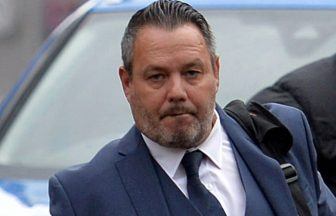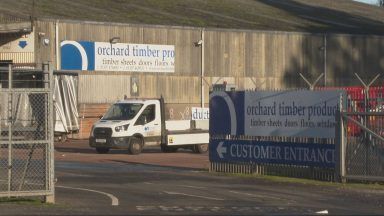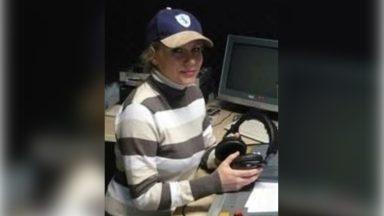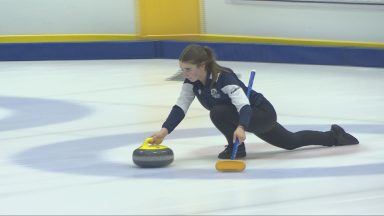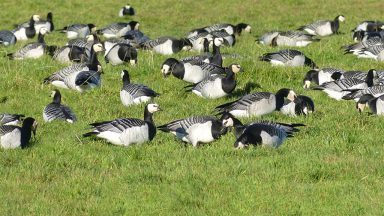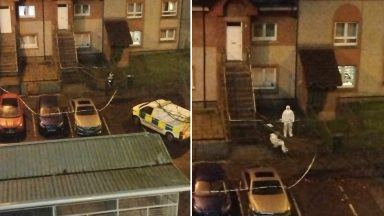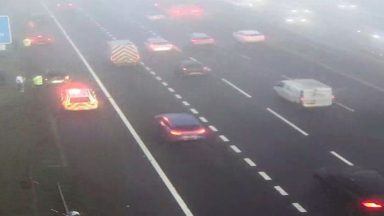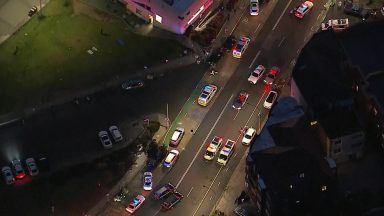A father has told how his family were called in around four times to say a final goodbye to his cancer patient daughter as she fought an infection he suspects was linked to the hospital environment.
Mark Bisset told the Scottish Hospitals Inquiry (SHI) they discussed switching off the machines his daughter was on as doctors appeared to have run out of options for her treatment.
The inquiry is investigating the construction of the Queen Elizabeth University Hospital (QEUH) campus in Glasgow, which includes the Royal Hospital for Children, after issues at the flagship site were linked to the deaths of two children.
Mr Bisset’s daughter was diagnosed with leukaemia in January 2019 when she was seven. She was initially treated at the old Edinburgh Hospital for Sick Children between January 2019 and July 2019 before being admitted to the QEUH on July 21 that year for a bone marrow transplant.
The inquiry heard she had the transplant on ward 4B in the adult part of the hospital in early August but she developed breathing difficulties and her condition deteriorated over the next few days.
Around August 18 she was moved to the Paediatric Intensive Care Unit (PICU), where she was placed on a ventilator and Mr Bisset said that around August 22 they were told to “get the family up”.
Asked what he took that to mean by Victoria Arnott, junior counsel to the inquiry, he said: “She was not going to make it through the night. She had only been on the ventilator a day or two and we were told her condition was becoming serious and there was not much more they could do apart from keep her comfortable at the time.”
At the start of September doctors also tried placing his daughter on an oscillator ventilator before moving her back to an ordinary ventilator, at which point the family discussed whether treatment should continue.
Mr Bissett said: “That’s when we’re having the discussions as a family, discussing if we should switch the machines off because she is at the point now, the doctors are telling us that there’s nothing they can do or try to save her, it was just about keeping her comfortable at that point.”
However another intensive care doctor then suggested giving the child a massive dose of steroids for a few days to see how she responded, and that saved her.
His daughter spent around eight weeks in PICU before being discharged back on to ward 4B around mid-October.
Mr Bissett said when his daughter was initially admitted to PICU he found out she had a fungal infection, which he discovered was called aspergillus when he overheard a conversation between nurses.
In his witness statement to the inquiry, Mr Bissett said he believes his daughter caught aspergillus in ward 4B as she was never out of the room on the ward.
He stated: “In August 2019, one of the infections, aspergillus, was so bad that she was admitted to PICU and we were told several times by intensive care staff that we may lose her.
“In my view, due to all the building work, the ventilation and the water supply were affected, and this had an effect on my daughter.
“When you Google aspergillus in a hospital environment, it can only come from ventilation, water supply or from building work.”
The inquiry is also examining the construction of the Royal Hospital for Children and Young People and Department of Clinical Neurosciencesin Edinburgh.
It was ordered after patients at the Glasgow hospital died from infections linked to pigeon droppings and the water supply, and the opening of the Edinburgh site was delayed due to concerns over the ventilation system.
Earlier this year, an independent review found the deaths of two children at the QEUH campus were at least in part the result of infections linked to the hospital environment.
The inquiry in Edinburgh, chaired by Lord Brodie, continues.
Health boards will be giving evidence at a later stage in the inquiry.
Follow STV News on WhatsApp
Scan the QR code on your mobile device for all the latest news from around the country


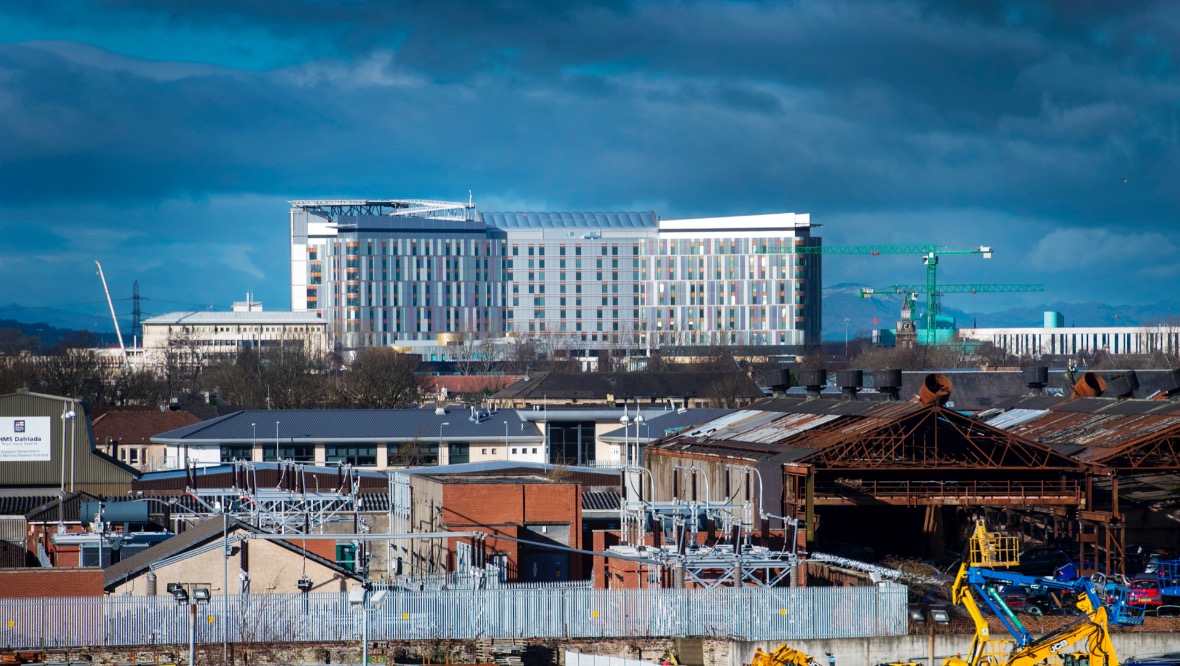 SNS Group
SNS Group

